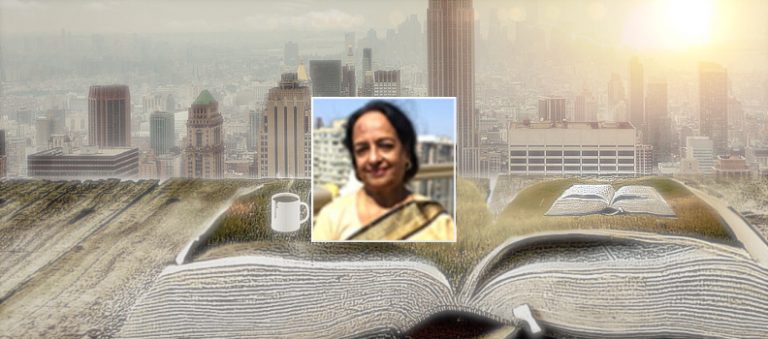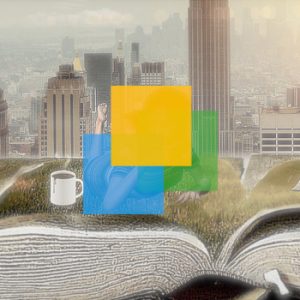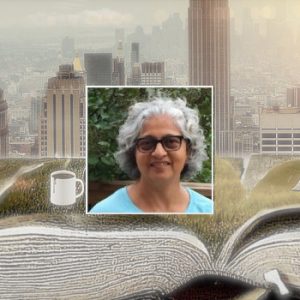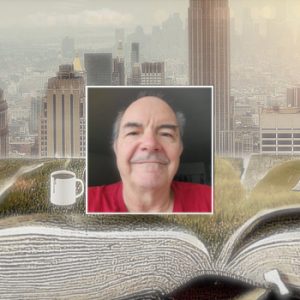We spent eighteen years in the Middle East in different places. My late husband was a banker as an assigned staff who got posted around. He often visited Oman. However, this was my first trip.
Our younger daughter Sumaira, a UNICEF epresentative, was posted in the capital, Muscat, an elongated city with one side of mountains and the other, sea.
Oman is beautiful. It is an Arab country, but not like Saudi Arabia, Abu Dhabi, Dubai, Qatar or Kuwait. It is a very sober. The people maintain a low profile. They do not show off their wealth like the others. It is governed by a Sultan. He is the ruler of the Sultanate. One of the first countries to embrace Islam, it values tolerance, peace, humility and hospitality. It is blessed with oil, minerals, and scenic beauty. The veins and craggy ridges of the mountains are more than just scenery. I read in an article from New York Times reporter, Henry Fountain, that “Some of these rocks are hard to work, naturally reacting with carbon dioxide from the atmosphere and turning it into stone. Veins of white carbonate minerals run through slabs of dark rock like fat marbling a steak. Carbonate surrounds pebbles and cobbles, turning ordinary gravel into natural mosaics.” Some researchers think that platinum, nickel and diamonds are mined from these types of rocks. I found it very interesting. Archeological evidence suggests that an early form of civilization existed in the area at least five thousand years ago. The name Oman is said to come from the Arab tribes that migrated there from a place in Yemen called Uman.The literacy rate is high. Ninety percent of people are educated. The official language is Arabic, but English is widely spoken and most of the road signs and menus are bilingual.
There are so many interesting places. Our daughter, Sumaira, and son-in-law, Ben, took me to Bidya resort for a desert safari. Only experienced drivers have the especial license to drive in the desert. In cars with deflated tyres, we visited a Bedouin house for tourists. They offered us the traditional gahoa (coffee) and dates. It is impossible to visit a typical Bedouin house because of terrible smell of goats, lambs, oryx and camels.
After that, we had a scary drive to the desert. The desert is not a smooth like Dubai’s. There was no sign of roads, just empty uneven desert land. Sometime we climbed up a sand hill and coming down, it was really a fearful drive. They called it dune bashing. On top of a sand hill, the driver stopped his car and asked us to get down and watch the sunset. Seeing the golden rays on the sand dunes was a unique experience! Ben and Zachary (our grandson) tried to run on the sand. I tried to walk but my feet went down into the sand and I felt it hard to lift them out again. The sun went down gradually, greeting us “Good Night”. In the twilight, we quietly drove back to Bidyya town. That night, I lay in bed, thinking of all the golden sand dunes like waves in a vast ocean.
Next day, our destination was to visit Wadi Bani Khalid, a two-hour drive from Bidyya town, a popular oasis with a huge man-made pool for irrigation, swimming and caves to explore. On our way, we saw camels grazing on acacia bushes. After parking our car, we walked on the uneven pebbles road. Zachary noticed that I was having a trouble keeping my balance. He found a date spade nearby and gave to me. It was a great relief. I love walking and hiking to get closer to nature. Near the pool, I noticed some mountain goats were watching us from a high hill. In their natural way, they climbed further up, but continued to watch us.
In the tourist’s guide book, it is written, “If you find mountain goats on your hiking way, look at them where you are! Do not follow them up a mountain. They are notoriously infamous for not following the rules of the road and misguiding tourists.”
In the pool, I watched a school of fish swimming. A couple of tourists were enjoying themselves in the clear water. We crossed a bridge to go up to a mountain cafe and had lunch there. Some Omani ladies warned me that the road was very treacherous and slippery. I thanked them. They did not know me, that I was a little bit adventurous. Ben and Zachary went to explore one of the caves. They were prepared and had especial equipment. After lunch, we stayed one more hour and enjoyed the cool crispy air, beautiful pool and its surroundings.
I believe if anyone wants to know the background of a new place and its habitats then one should visit its museums so we went to visit old Bedouin houses converted to museums and the National museum. In Baitul Zubayer and Baitul Ud, they have well-preserved kitchen utensils, beds, jewelry, swords, khanjars, frankincense burners etc. The jewels, made of very heavy pure gold and silver metals, were hundreds of years old. Both of the people of these houses were very rich. Rooms are very small and not many windows. Walls were very thick to resist the desert heat.
In the National Museum, we saw photographs of all Sultans, their childhood times, treaties with the British government, banquet halls for foreign dignitaries, desert trips, etc. In another room, were all types of gifts from different countries, and a big hall with gold and silver coins. We thoroughly enjoyed of our visit.
I stayed a few more days with our daughter but felt homesick after a while. Some of the local people and Sumaira’s hair dresser Sonia, a Greek lady, asked me to stay a few more weeks to enjoy the scenic beauty and comfortable weather: “It is a very safe country. At night, you can go to the beach with your friends. Nobody will disturb you.” I thanked them but said, “Now it is time to go back to my igloo.”





